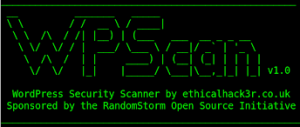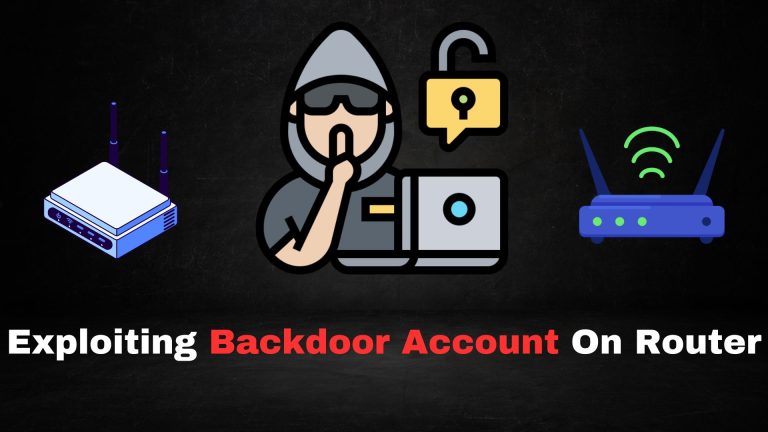
Black hat hacking refers to malicious activities conducted by individuals or groups to exploit vulnerabilities for personal, financial, or political gain. These hackers often operate outside the bounds of legality, targeting individuals, organizations, or even entire governments. While their actions can cause significant harm, understanding their tactics is crucial for developing effective defenses.
What is Black Hat Hacking?
Black hat hackers are cybercriminals who use their technical expertise to:
- Steal sensitive data (e.g., personal information, intellectual property).
- Deploy malware or ransomware to extort money.
- Disrupt services through DDoS attacks.
- Exploit vulnerabilities in networks, applications, and systems for unauthorized access.
Unlike ethical hackers, black hat hackers have no intention of securing the systems they compromise.
Common Techniques Used in Black Hat Hacking
1. Phishing
- What It Is: Deceptive emails or messages designed to trick users into revealing credentials or clicking malicious links.
- Tools Used:
- Gophish: Open-source phishing framework.
- SET (Social Engineering Toolkit): Advanced phishing and social engineering tool.
2. Malware Deployment
- What It Is: Malicious software, including viruses, worms, ransomware, and spyware, designed to disrupt or steal data.
- Tools Used:
- Metasploit Framework: For crafting payloads.
- Emotet Builder: Used to create trojans.
- Cobalt Strike: Penetration testing tool often repurposed for malicious activities.
3. SQL Injection (SQLi)
- What It Is: Exploiting vulnerabilities in web applications to execute unauthorized SQL commands.
- Tools Used:
- SQLmap: Automates SQL injection attacks.
- Havij: User-friendly SQL injection tool.
4. Denial of Service (DoS) and Distributed DoS (DDoS)
- What It Is: Overloading a server or network to make services unavailable.
- Tools Used:
- LOIC (Low Orbit Ion Cannon): Easy-to-use DoS attack tool.
- HOIC (High Orbit Ion Cannon): Advanced version of LOIC.
- Mirai Botnet: Malware targeting IoT devices for DDoS attacks.
5. Credential Theft
- What It Is: Gaining access to accounts by cracking or stealing passwords.
- Tools Used:
- Mimikatz: Extracts credentials from memory.
- Hydra: Performs brute-force attacks.
- John the Ripper: Password-cracking tool.
6. Exploiting Zero-Day Vulnerabilities
- What It Is: Leveraging unknown or unpatched vulnerabilities to attack systems.
- Tools Used:
- ExploitDB: Repository of exploits.
- Custom scripts: Created by advanced hackers.
Mitigations Against Black Hat Hacking
1. Phishing Defense
- Educate employees about recognizing phishing attempts.
- Implement email filters to detect and block phishing emails.
- Use multi-factor authentication (MFA) to reduce the impact of compromised credentials.
2. Malware Protection
- Deploy antivirus and endpoint detection solutions like CrowdStrike, SentinelOne, or Kaspersky.
- Regularly update software and operating systems to patch vulnerabilities.
- Use firewalls and intrusion detection systems (IDS) like Snort or Suricata.
3. SQL Injection Prevention
- Sanitize and validate user inputs in web applications.
- Use parameterized queries and stored procedures.
- Employ web application firewalls (WAFs) like ModSecurity to block SQLi attacks.
4. DDoS Attack Mitigation
- Use DDoS protection services like Cloudflare, Akamai, or AWS Shield.
- Scale infrastructure dynamically to absorb traffic surges.
- Monitor network traffic for unusual patterns using tools like Wireshark or SolarWinds NTA.
5. Credential Protection
- Enforce strong password policies and regular password updates.
- Monitor systems for unusual login activities.
- Use password managers like LastPass or 1Password to store credentials securely.
6. Zero-Day Exploit Defense
- Monitor vulnerability databases and apply patches promptly.
- Use threat intelligence platforms like Recorded Future or ThreatConnect.
- Employ behavior-based detection tools to identify anomalies.
Defensive Tools for Comprehensive Security
- SIEM Tools (Security Information and Event Management):
- Examples: Splunk, ELK Stack, IBM QRadar.
- Purpose: Centralized logging and monitoring.
- Endpoint Security Tools:
- Examples: Bitdefender, Sophos.
- Purpose: Protect individual devices from malware and unauthorized access.
- Network Monitoring Tools:
- Examples: Nagios, Zabbix.
- Purpose: Monitor network traffic and detect anomalies.
- Vulnerability Scanners:
- Examples: Nessus, OpenVAS.
- Purpose: Identify weaknesses in networks and applications.










